
#1 Vitamin to Eliminate Swollen Legs and Ankles
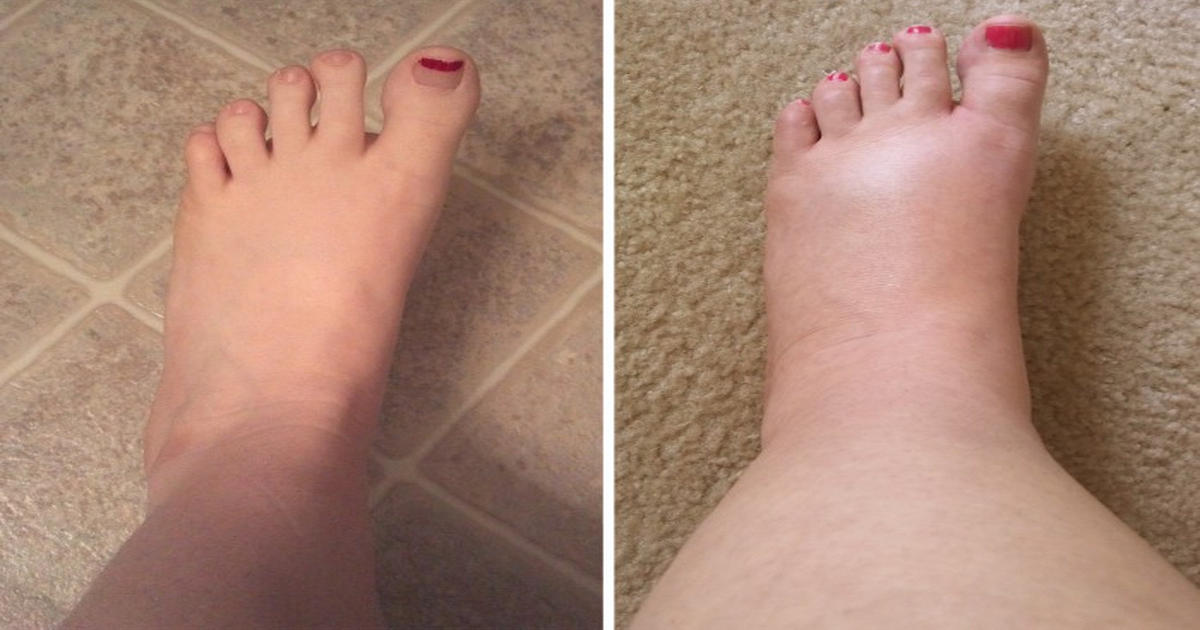
Are you tired of dealing with pitting edema, swollen legs, or a puffy, round face that hints at deeper health problems? These frustrating symptoms are often linked to conditions such as blood sugar imbalances, liver dysfunction, kidney issues, or heart strain. You might also worry that you’re consuming too much salt or retaining water for unknown reasons. All of this can be confusing—and even a little scary.
If you’ve ever felt anxious about the cause of your swelling, or frustrated with relying on medications like diuretics or blood thinners that come with unpleasant side effects, you’re not alone. Many people feel trapped in this cycle—unsure how to truly fix the problem rather than simply mask the symptoms.
But here’s the good news: there is a way to address edema naturally and effectively, without harsh drugs. Once you understand the root cause of fluid retention, you can take simple steps to restore balance to your body, reduce swelling, and improve your overall health—often within weeks.
Understanding Edema
When your legs or ankles swell, that condition is known as edema—an abnormal buildup of fluid in your body’s tissues. While common explanations include liver disease, kidney problems, or heart failure, these aren’t the only possibilities.
There’s a much more common, often overlooked cause that’s surprisingly simple to correct. It has to do with how your body manages fluid balance at the cellular level—specifically, with the health of your body’s microscopic sodium-potassium pumps.
The Cellular Pump That Keeps Fluid in Balance
Your body contains millions of tiny pumps inside each cell that move fluid in and out. These are known as sodium-potassium pumps (Na⁺/K⁺ pumps). They regulate your fluid levels by exchanging sodium for potassium across cell membranes, ensuring your cells maintain proper hydration and electrical charge.
Here’s the fascinating part: these pumps use 30–40% of all your body’s cellular energy just to function! But when they break down—due to nutrient deficiencies or blood sugar imbalances—fluid can no longer move efficiently.
Imagine a basement pump that fails during a storm. Water builds up, flooding the area. The same thing happens in your body: fluid accumulates outside your cells (in the interstitial spaces), creating visible swelling in your legs, ankles, and feet.
How Blood Sugar and Glycation Trigger Swelling
The real trouble often begins with elevated blood sugar levels. When too much sugar circulates in your bloodstream, it attaches itself to proteins like hemoglobin. This process, known as glycation, is measured by the A1C test, which reflects your average blood sugar levels over three months.
Once sugar binds to these proteins, it forms glycated molecules that can no longer function properly. These “sticky” molecules slow circulation, damage blood vessel walls, and make your tissues less efficient at exchanging nutrients and oxygen. Over time, this leads to poor blood flow and fluid pooling in the lower body—especially the ankles and feet.
High blood sugar also increases sodium retention, causing your body to hold onto water. Meanwhile, potassium levels drop, further impairing the sodium-potassium pump. It’s a vicious cycle that can result in swelling, fatigue, and even nerve damage (peripheral neuropathy), which shows up as tingling, burning, or numbness in your feet.
Sodium, Potassium, and Magnesium: The Electrolyte Connection
When you eat excess sugar, your body loses potassium and magnesium—two key minerals required to keep your sodium-potassium pumps running smoothly. Wherever sodium goes, water follows, so this imbalance encourages fluid retention.
To restore balance:
-
Increase potassium intake. Most adults need about 4,700 mg per day. A banana provides only around 300 mg, meaning you’d need over 15 bananas daily to reach your goal—too much sugar! Instead, focus on avocados, leafy greens, beans, salmon, mushrooms, and berries.
-
Boost magnesium levels. Magnesium supports ATP production, the body’s main energy currency. Without it, cells can’t power their pumps. You can get magnesium from pumpkin seeds, almonds, spinach, sunflower seeds, and dark chocolate. The recommended daily intake is about 400–420 mg.
-
Consider a high-quality electrolyte supplement—just make sure it’s sugar-free and balanced in both potassium and magnesium.
The Power of Vitamin B1 (Thiamine)
Now, let’s talk about what actually breaks the sodium-potassium pump in the first place: a vitamin B1 (thiamine) deficiency.
Thiamine is essential for converting carbohydrates into energy. When you eat sugar, your body needs vitamin B1 to move glucose into the mitochondria, where it becomes fuel. The enzyme that handles this step—transketolase—cannot function without enough thiamine.
If you eat a high-carbohydrate or high-sugar diet but lack vitamin B1, your body quickly depletes its reserves. This leads to poor energy production, sluggish cellular pumps, and, ultimately, fluid buildup.
Vitamin B1 also acts as a powerful antioxidant for the nervous system, protecting against glycation and oxidative stress. That’s why a deficiency often results in tingling, numbness, or burning sensations in the feet—classic signs of peripheral neuropathy.
To increase B1 naturally, include foods like pork, eggs, sunflower seeds, asparagus, green peas, and nutritional yeast. Some people also benefit from a benfotiamine or allithiamine supplement, especially if they have prediabetes or high carbohydrate intake.
Putting It All Together
To reverse swelling and restore healthy circulation, focus on these key steps:
-
Reduce refined carbohydrates and added sugars. This stops glycation and helps your body rebalance electrolytes.
-
Increase potassium and magnesium intake. Support the sodium-potassium pump and improve fluid movement.
-
Replenish vitamin B1 (thiamine). Boost energy metabolism and protect nerve and blood vessel function.
-
Stay hydrated with electrolyte-balanced fluids. Plain water alone may not be enough if minerals are depleted.
-
Engage in gentle movement. Walking, stretching, or elevating your legs encourages circulation and lymphatic flow.
Final Thoughts
Swollen ankles, puffy legs, and even facial bloating don’t always mean you have a serious heart, liver, or kidney condition. In many cases, they’re signs of cellular imbalance driven by high sugar intake, low electrolytes, and vitamin deficiencies.
By correcting these root causes—rather than masking symptoms—you can restore your body’s natural ability to manage fluids, improve energy, and reduce discomfort.
When you cut out refined carbs, replenish your electrolytes, and support your sodium-potassium pump with magnesium, potassium, and vitamin B1, you’ll notice a real transformation: lighter legs, improved circulation, and renewed vitality.
Your body knows how to heal—sometimes it just needs the right nutrients to get the job done.
News in the same category


POPULAR SHAMPOO URGENTLY RECALLED BECAUSE IT CONTAINS BACTERIA THAT KILLS UP TO ONE IN TEN PATIENTS
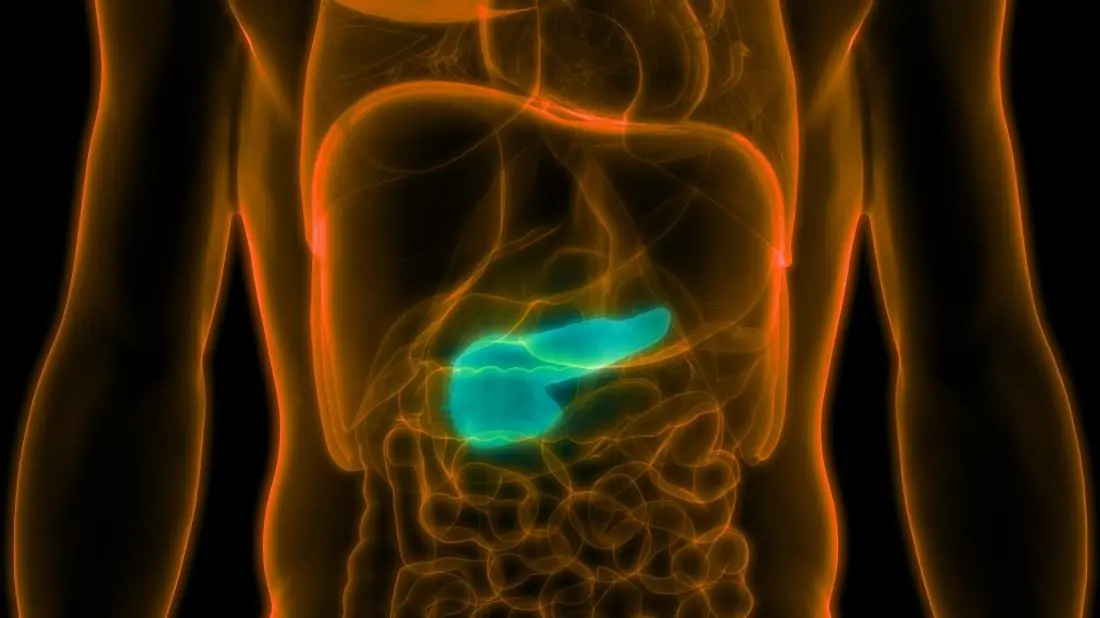
The influenza flu virus is being used to cure pancreatic cancer

Eye Doctor Reveals What To Do If You Start Seeing ‘Floaters’

If cancer cells are present in the body, these 3 symptoms often appear in the morning everyone should pay attention

3 foods you thought were bad for diabetes (but aren’t!)
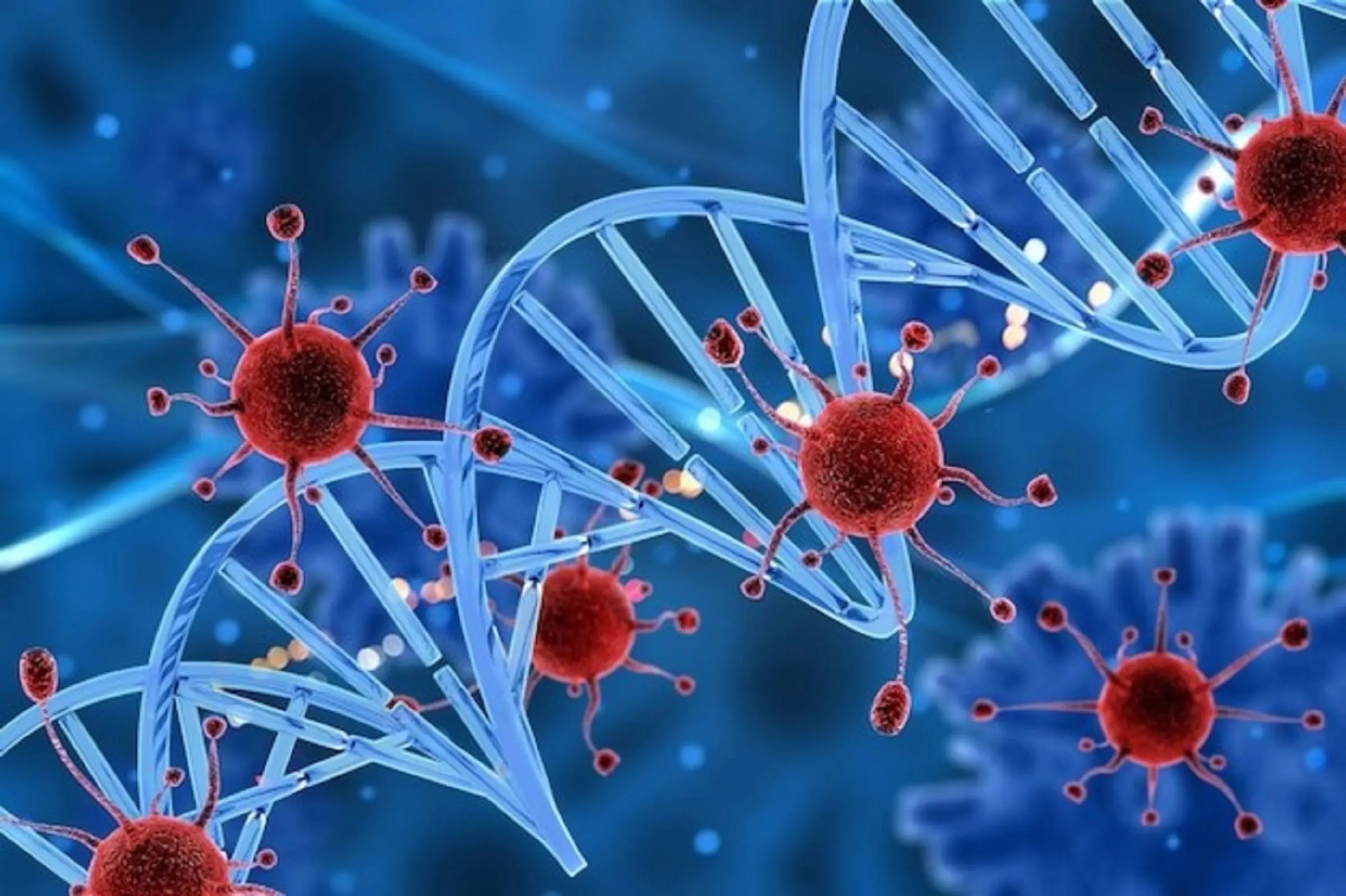
CANCER IS PAINLESS AT FIRST, BIT IF YOU SEE THESE 8 SIGNS WHEN GOING TO THE TOILET, YOU SHOULD SEE A DOCTOR IMMEDIATELY
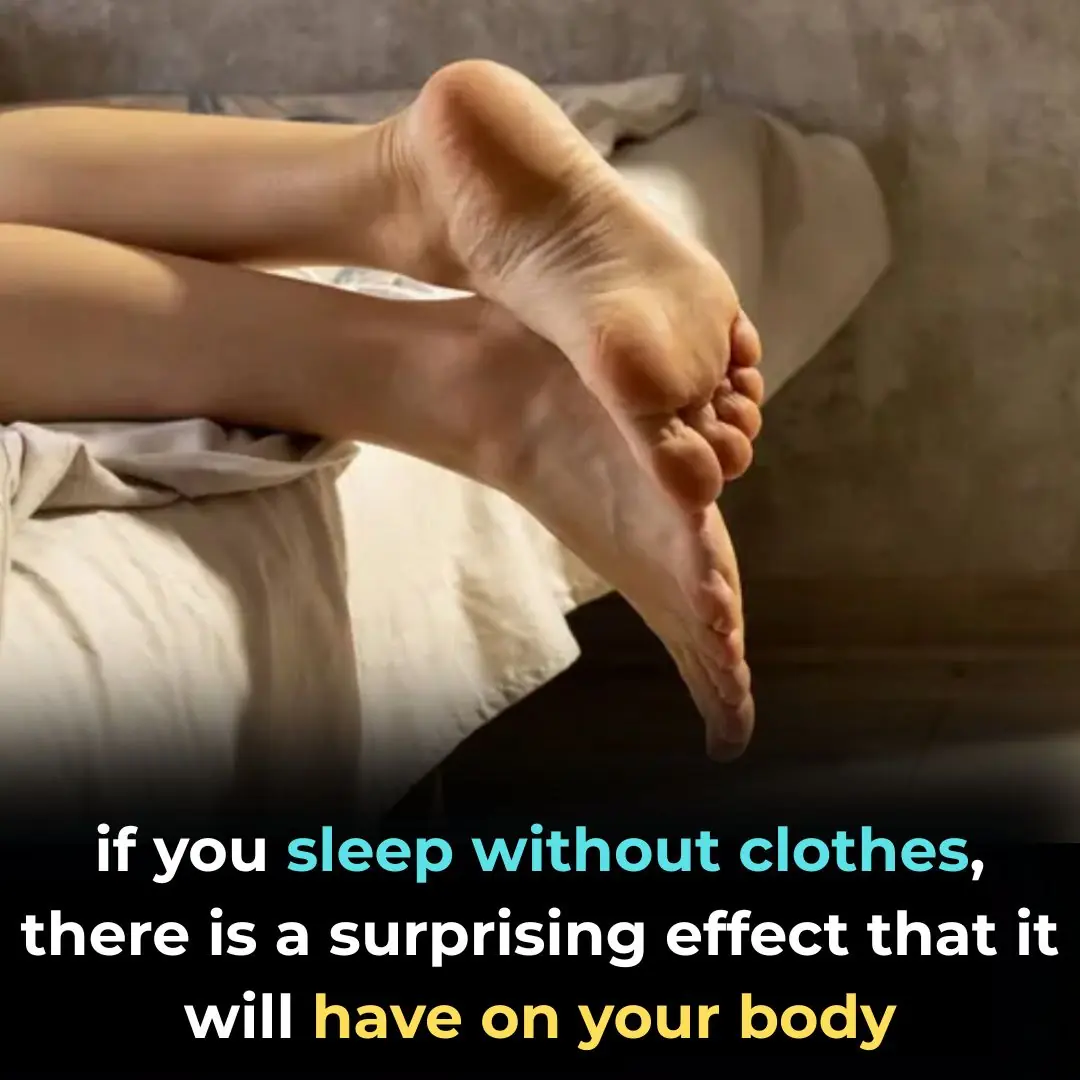
Sleeping Naked: 8 Surprising Benefits

What Happens To Your Skin When You Rub An Ice Cube On Your Face

🤢 The Real Causes of Constant Phlegm and Mucus in Throat — And How to Get Rid of It
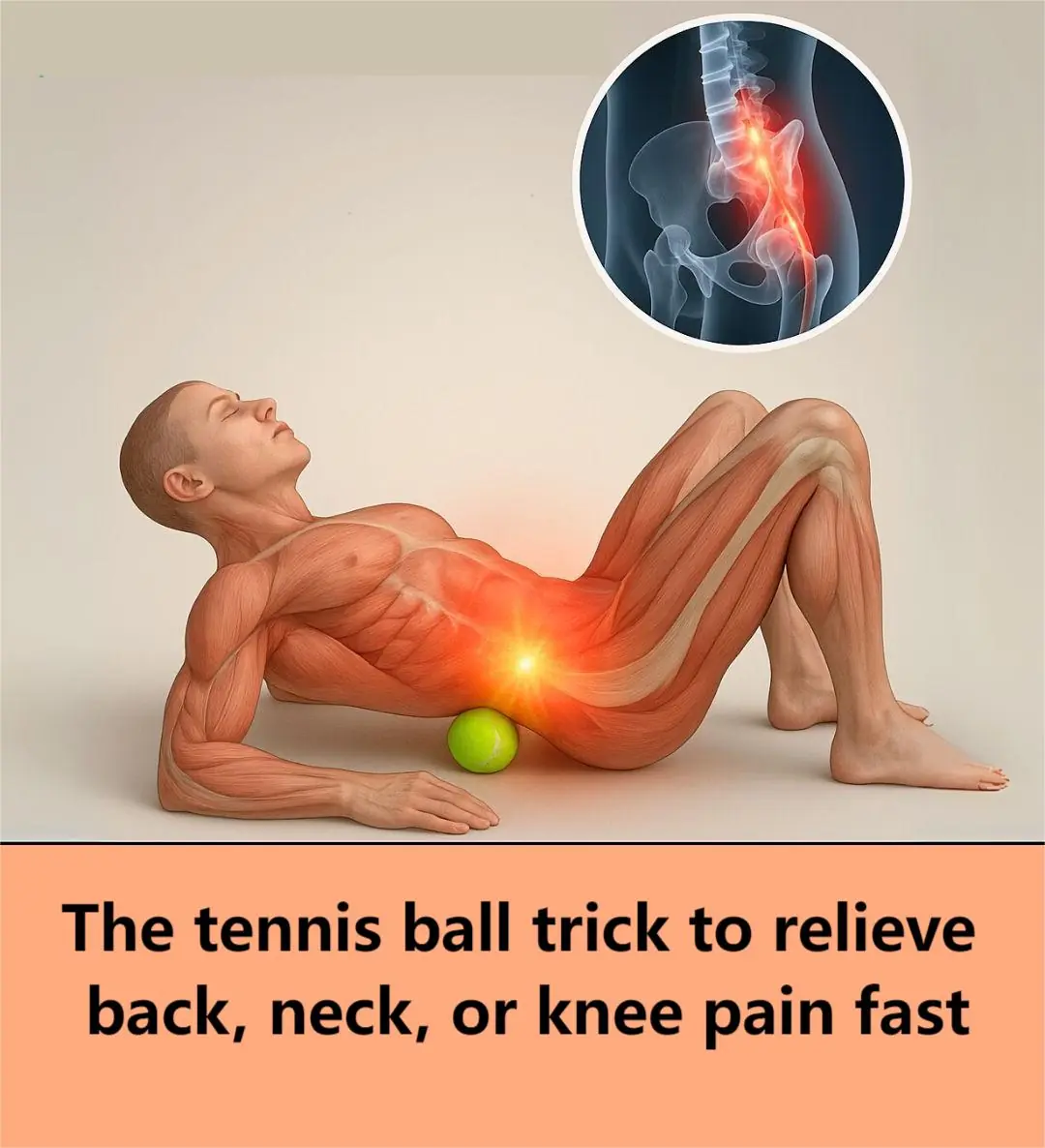
The Tennis Ball Trick That Can Relieve Back, Neck Or Knee Pain In Seconds

One scoop a day heals your body from the inside out — watch what happens
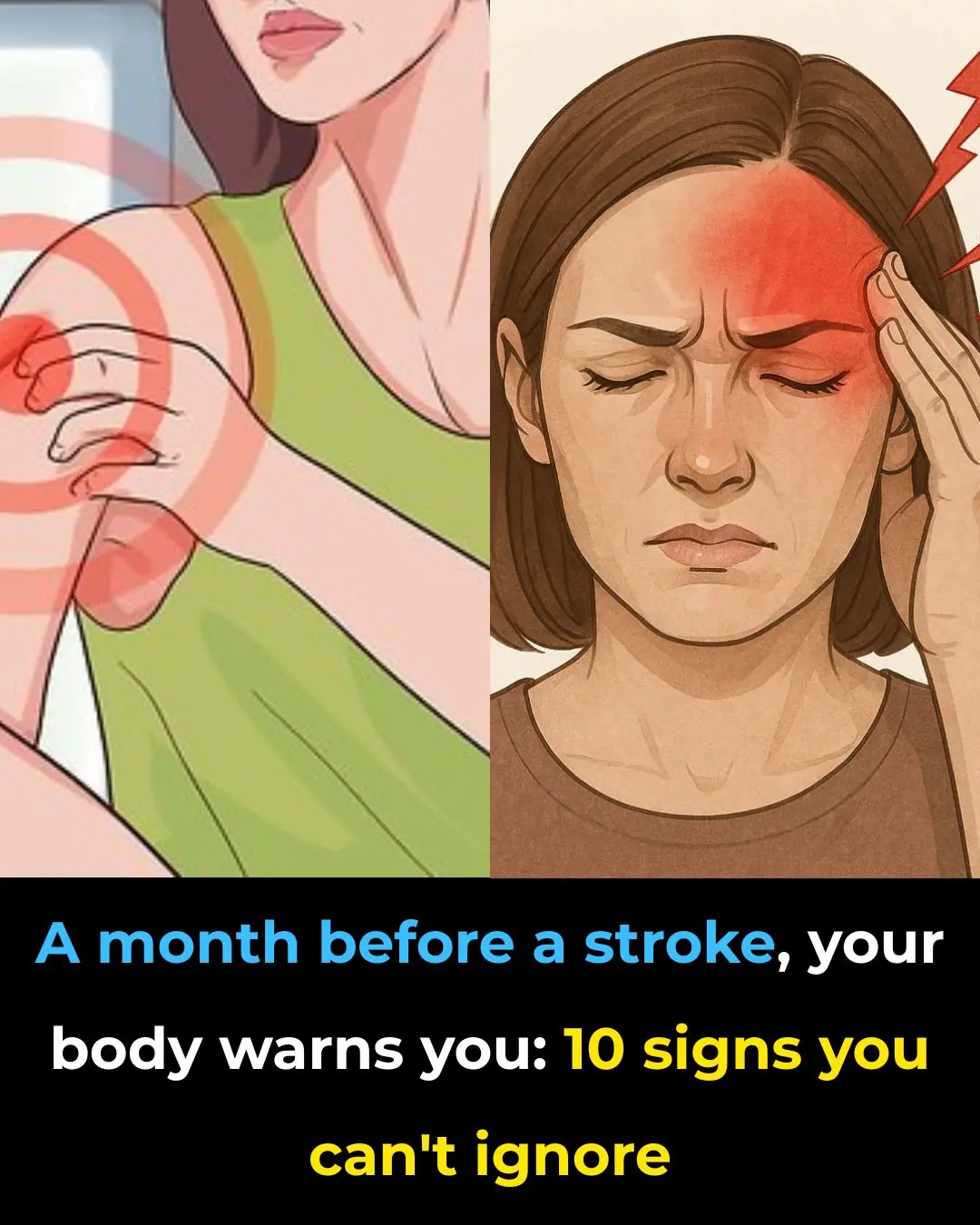
🧠 A Stroke Can Happen Suddenly — But Your Body Might Send Early Warnings (Know the Signs)
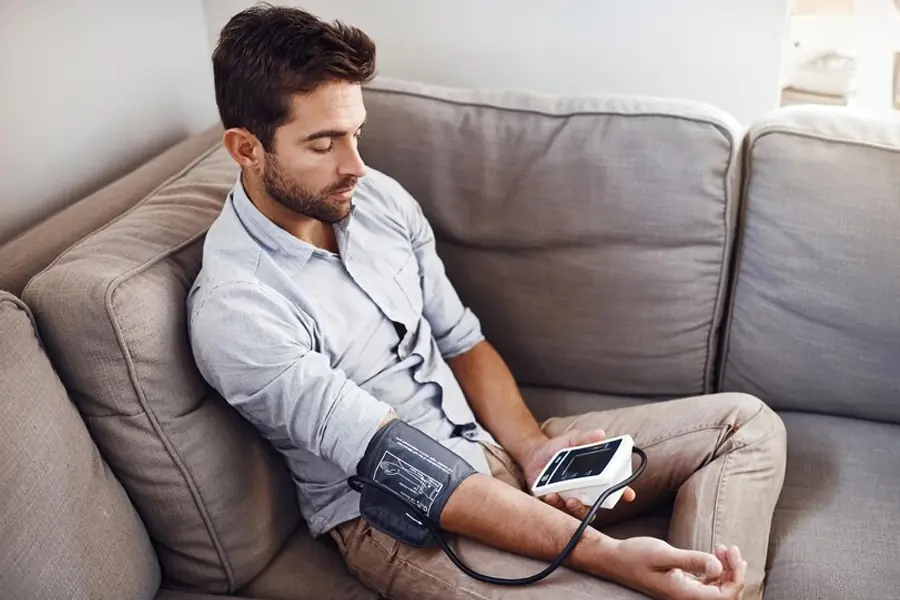
Are You Being Lied To About What Your Blood Pressure Should Be? — Read This Before You “Chase the Number”
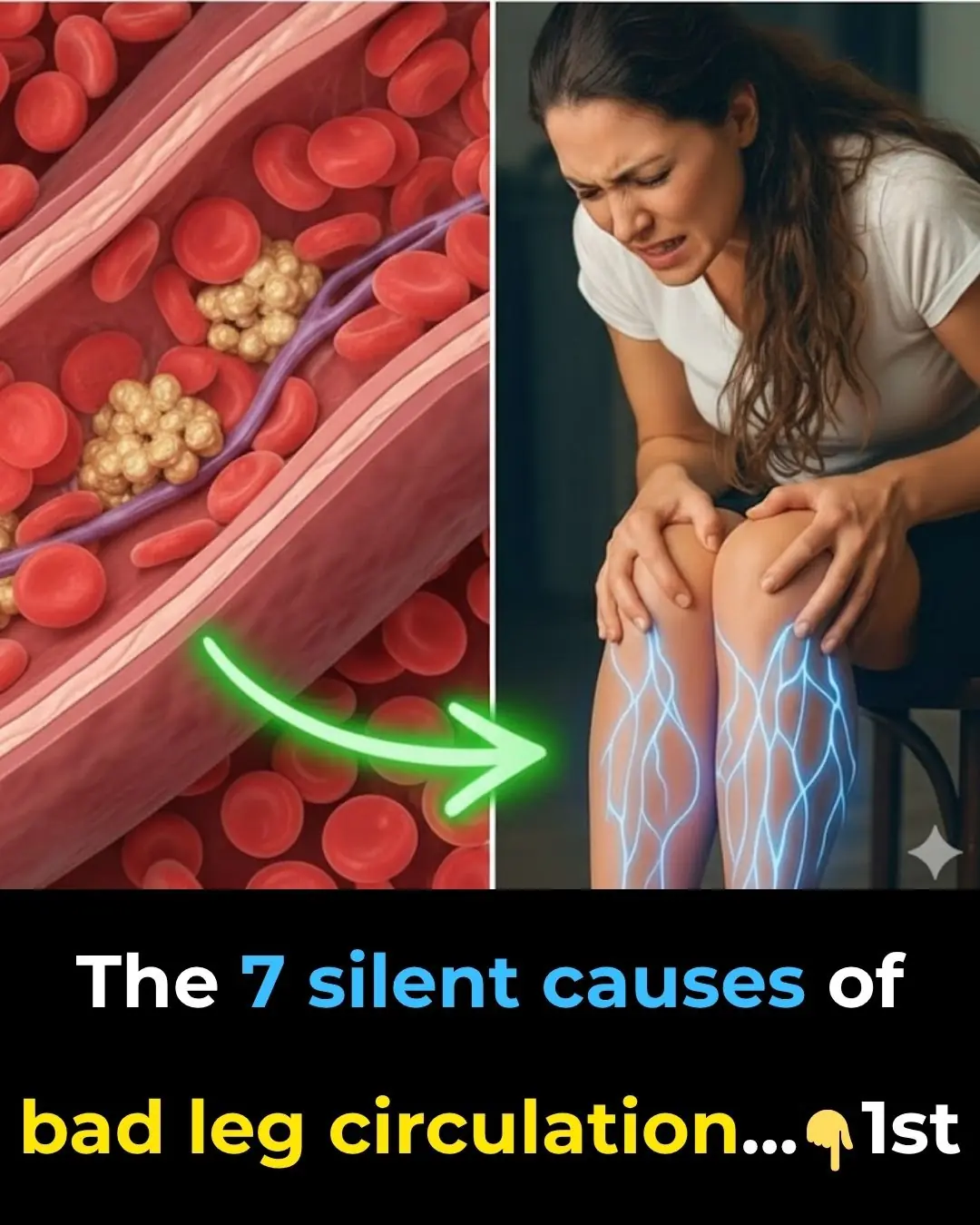
The 7 silent causes of bad leg circulation
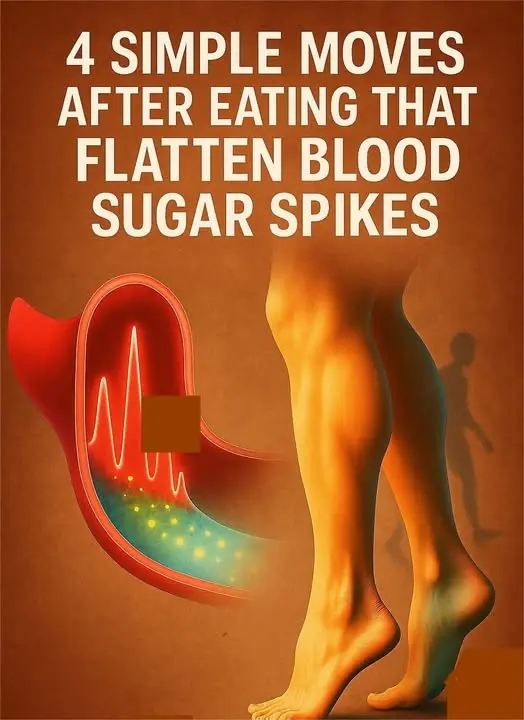
4 simple moves after eating that flatten blood sugar spikes

This Miraculous Drink Will Work Wonders for Your Thyroid
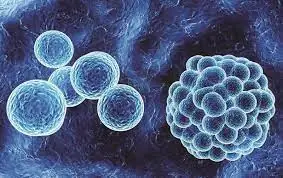
This Starves Colon Cancer Cells — and Strengthens Your Body’s Natural Defenses
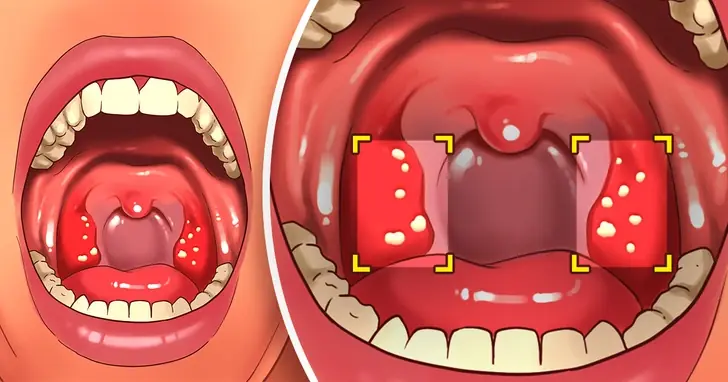
10 Warning Signs You Might Be Gluten Intolerant
News Post

Garlic Mustard: The Overlooked Herb That Can Boost Your Health — Especially Your Eyes

SHOCKING NEW STUDY REVEALS WHAT MIGHT BE SILENTLY DESTROYING HUMAN FERTILITY

POPULAR SHAMPOO URGENTLY RECALLED BECAUSE IT CONTAINS BACTERIA THAT KILLS UP TO ONE IN TEN PATIENTS
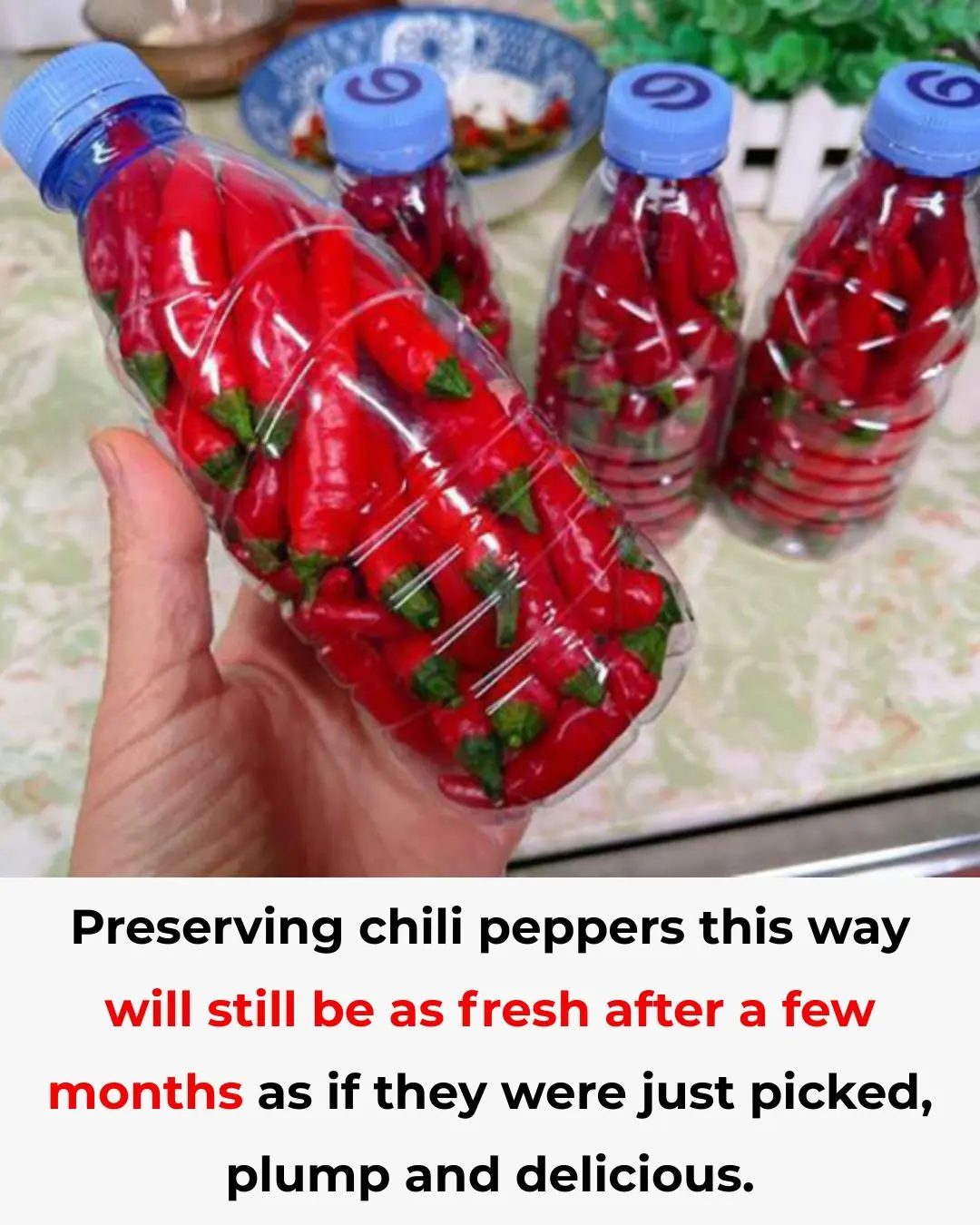
How to Store Chili Peppers So They Stay Fresh, Juicy, and Flavorful for Months

Nurse who's witnessed 'so many deaths' explains spine-chilling moment she realised 'what happens after we die'
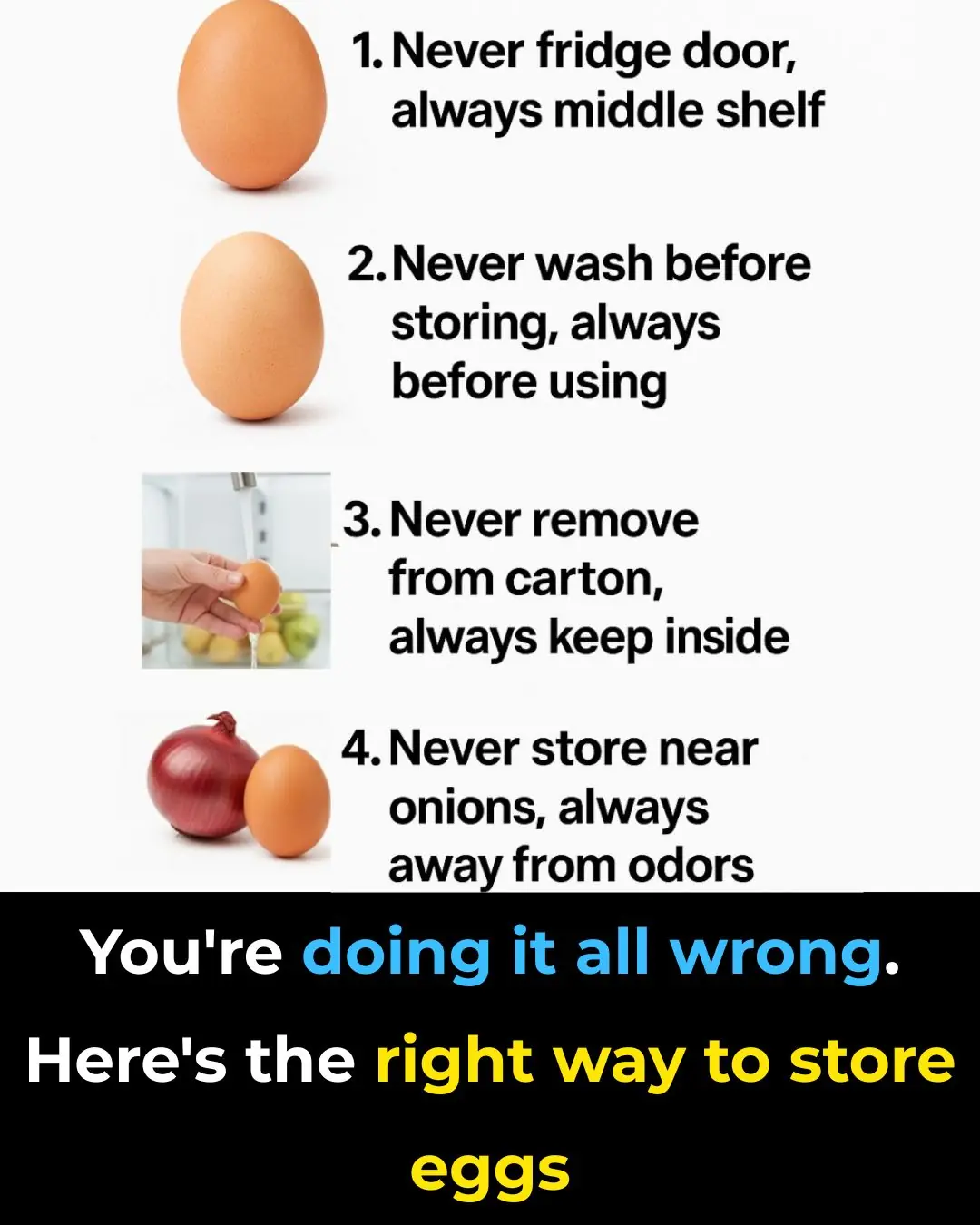
You’re doing it all wrong. Here’s the right way to store eggs

The influenza flu virus is being used to cure pancreatic cancer

The reasons why public toilet doors don't touch the ground.

Eye Doctor Reveals What To Do If You Start Seeing ‘Floaters’

The Baby Hippo Who Just Wanted to Be Left Alone.

The Chimpanzee and the Lion Cub: A Love Beyond Species.

🍃 17 Reasons to Drink Guava Leaf Tea Twice a Week

If cancer cells are present in the body, these 3 symptoms often appear in the morning everyone should pay attention

The Night the Bear Knocked at the Door.

🥤 The Rejuvenating Smoothie That Makes You Look 20 Years Younger 🌿

A Love That Shaped a Legend: Robert Redford and Lola Van Wagenen.

Firefighter’s Final Rescue Saves Ten Souls

Rex: The Police Dog Who Gave His Life to Protect His Best Friend

3 foods you thought were bad for diabetes (but aren’t!)
